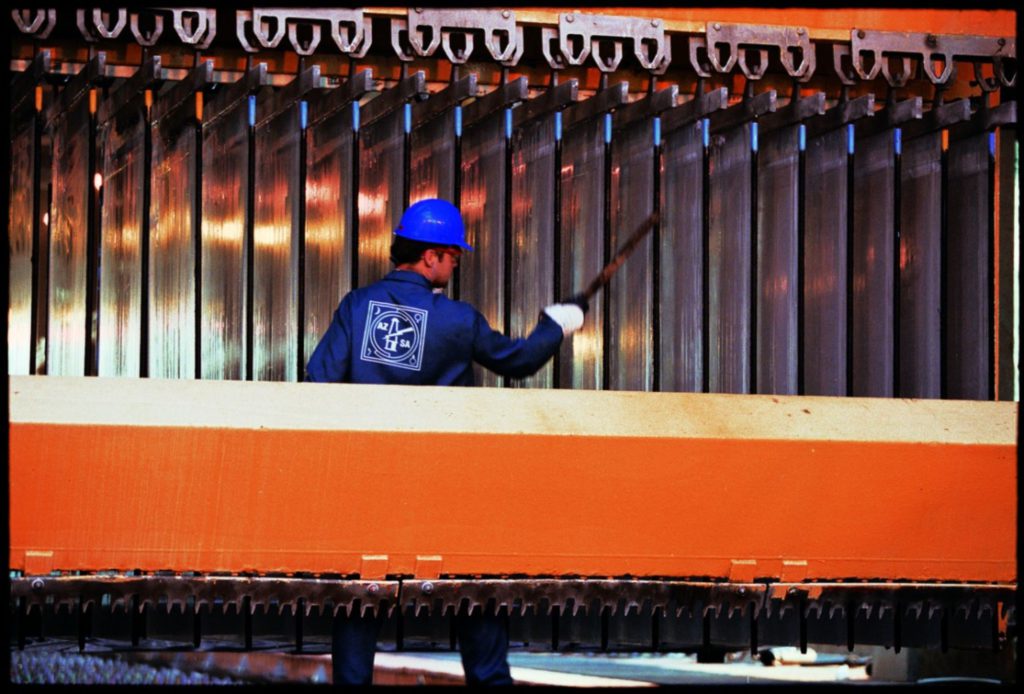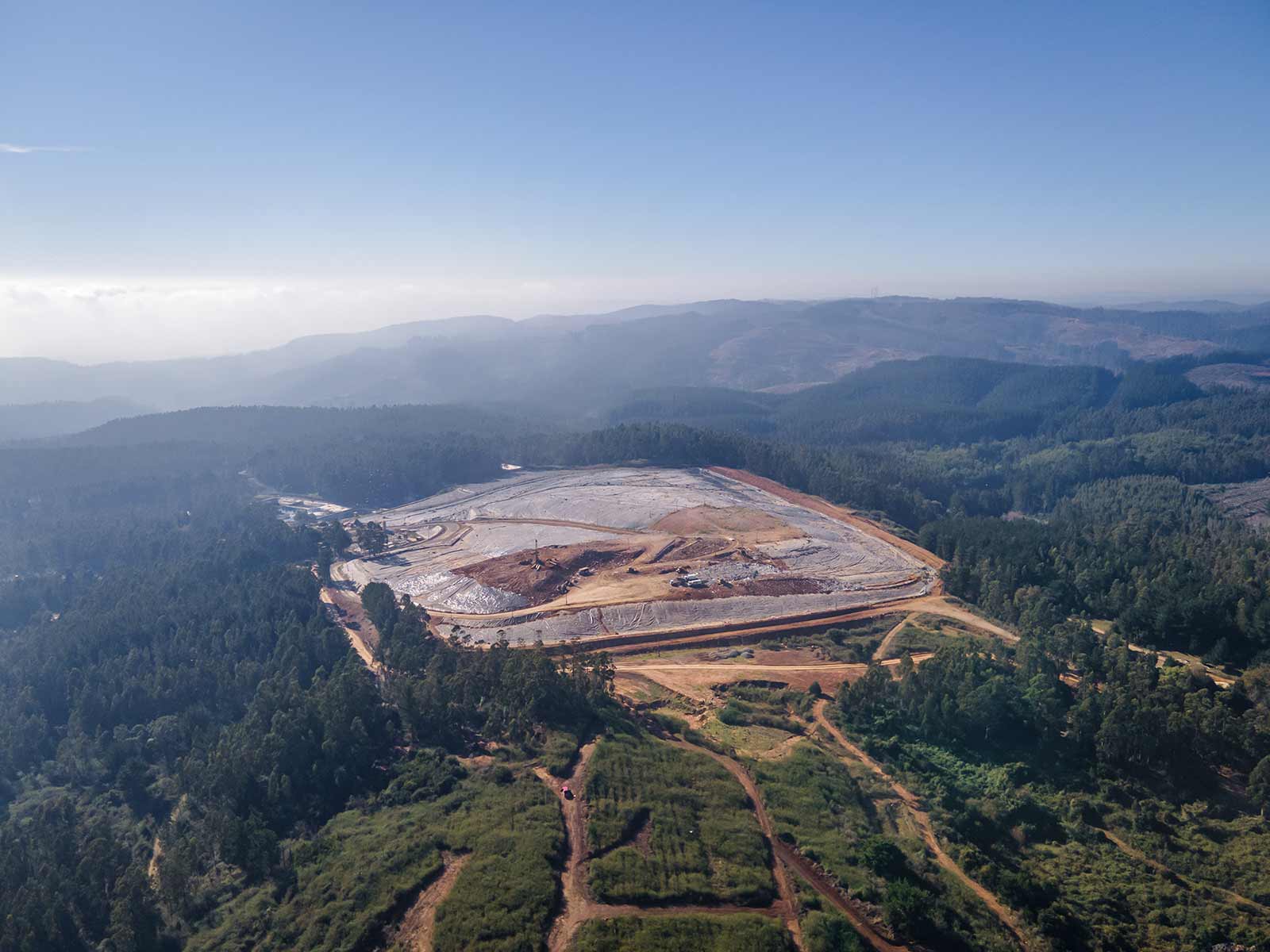Column: Russian mine fire turns up the heat on zinc supply

The fire at the Ozerny mine in Russia has been extinguished but it has heated up the zinc market.
London Metal Exchange (LME) three-month metal jumped to a five-week high of $2,631.50 per metric ton on Wednesday when the news broke.
The price has since retreated to a current $2,595.00 as the market waits for an update on the status of what should be the largest single addition to mine supply over the coming year.
A delay in the new mine’s ramp-up would add to the growing stresses on the zinc raw materials supply chain.
Low prices have resulted in a lengthening list of mine curtailments in recent months, resulting in falling smelter treatment terms and a rising refined zinc price.

Price casualties
The LME zinc price hit a three-year low of $2,215 per metric ton in May, triggering a string of mine closures.
Swedish producer Boliden was the first, announcing in June the curtailment of its Tara mine in Ireland.
Australia’s Aurora Metals went into voluntary administration in July with its Mungana and King Vol mines in Queensland placed on care and maintenance. The assets are now for sale.
Aeris Resources shuttered its Jaguar mine in Western Australia in August and operations were suspended at the Aljustrel mine in Portugal a month later.
By the end of September analysts at Macquarie Bank had already totted up closures totalling 300,000 metric tons of annual zinc capacity.
Price-related curtailments and a prolonged four-month strike at the Penasquito mine in Mexico would result in global mine supply contracting by 1.1% in 2023, the bank said at the time.
Since then there have been more mine suspensions, most recently by Nyrstar, which announced the closure of its Middle Tennessee mines at the start of this month.
The market could afford to be sanguine about the accumulating cuts to mine supply, knowing that the giant Ozerny mine in Russia was just about to enter production.
Ozerny, also known as Ozernoy, has only just started ore production with processing operations due to ramp up in the first quarter of next year.
It is designed to churn out around 345,000 metric tons a year of contained zinc, making it the single largest addition to zinc mine supply in 2024.
This week’s blaze leaves a question-mark as to whether there will now be a delay to that time-table. The company said it is still evaluating the extent of the damage.
But what was previously an over-supplied zinc mine pipeline is starting to look a lot thinner.
Falling treatment charges
The cumulative loss of zinc mine production has already made an impact in the raw materials segment of the supply chain.
Smelter treatment charges, the fee for converting concentrates into refined metal, have been falling for several months in reaction to a tightening concentrates market.
Spot treatment charges were last assessed by Fastmarkets at $70-110 per metric ton, the lowest since January 2022 and a long way off this year’s benchmark of $274 per ton.
The 2023 benchmark was the second highest in a decade and reflected a large surplus of concentrates after a series of smelter problems in 2022.
Chinese operators have since largely absorbed that surplus. Imports of zinc concentrates hit a record 4.1 million metric tons last year and they were up another 23% year-on-year in the first nine months of this year.
Higher prices
Chinese smelters have unsurprisingly been lifting run-rates aggressively.
National refined zinc output is expected to grow by 6.7% this year and another 4.1% next year, according to the International Lead and Zinc Study Group, which is forecasting big surpluses of refined metal in both 2023 and 2024.
It’s that weight of excess metal that depressed the zinc price over the summer months, even if the surplus isn’t obvious from low visible exchange stocks.
However, it’s now clear that the price had fallen sufficiently far into the cost curve to force a growing number of producers to throw in the towel.
The recent string of mine curtailments has placed a floor beneath the market and the LME three-month metal has now rallied over 17% from its May low point.
How much further it might recover will depend in large part on how quickly the Ozerny complex can resume start-up operations after this week’s blaze.
(The opinions expressed here are those of the author, Andy Home, a columnist for Reuters.)
(Editing by David Evans)
More News
{{ commodity.name }}
{{ post.title }}
{{ post.date }}

Comments